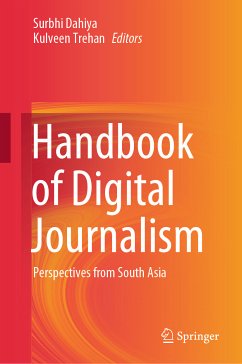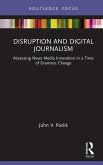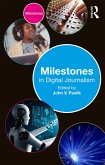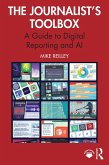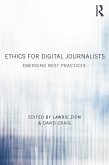Digital Journalism: Perspectives from South Asia is a descriptive, exploratory book on digital journalism practices and policies followed in India, Nepal, Sri Lanka, Bangladesh, and Bhutan. It brings in-depth perspectives on content, communication, and community between communication theory and the digital news ecosystem rooted in a South Asia. What makes this book interesting to read is the integration of forms with manifestations on ground intersecting identities and ideologies. The book thoroughly investigates changes in the regulatory framework, regulations, policies, and code of conduct. Various chapters in the book pursue significant and exciting topics on the changing spaces of news production and consumption, the inter relationship between old and new media, everyday digital news usage and engagement, social media for news, revenue models for digital journalism among others. The highlight of this book is engaging debates on digital journalism practices modeled around mobile journalism, immersive storytelling, gamification, in the context of local and hyper local communities in South Asia. Since Digital Journalism draws extensively from algorithms, matrices and analytics, this book has exclusive chapters on data journalism, data visualization and big data.. The book provides a cohesive compilation offering readers an up-to-date and comprehensive understanding of digital developments in journalism. It also helps journalists and practitioners working in news media to discover new types of information flows in a rapidly changing news media landscape. It also articulates indegenous concerns of journalists, their security, risks and challenges as they explore the new contours of journalistic practices.
Dieser Download kann aus rechtlichen Gründen nur mit Rechnungsadresse in A, B, BG, CY, CZ, D, DK, EW, E, FIN, F, GR, HR, H, IRL, I, LT, L, LR, M, NL, PL, P, R, S, SLO, SK ausgeliefert werden.

